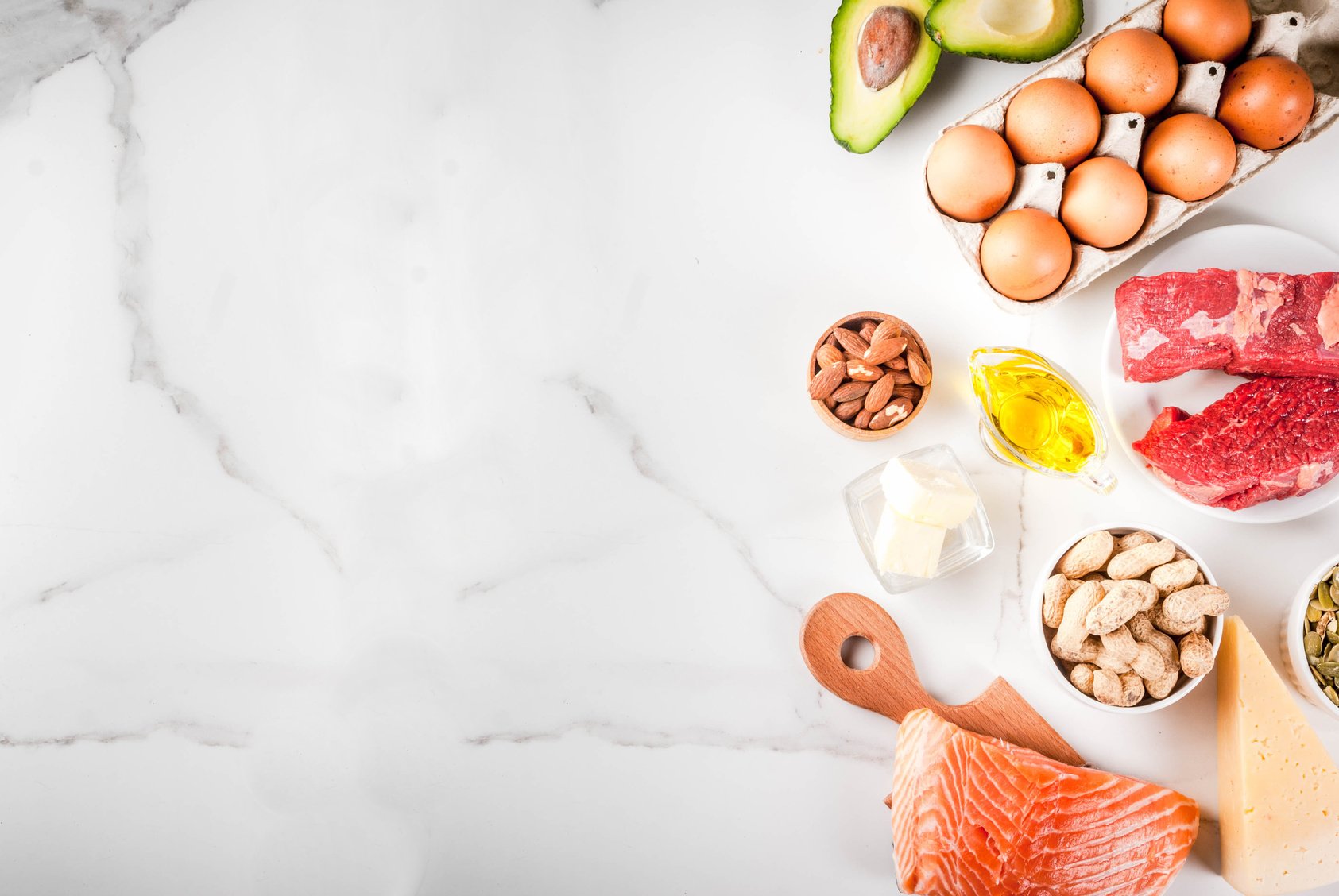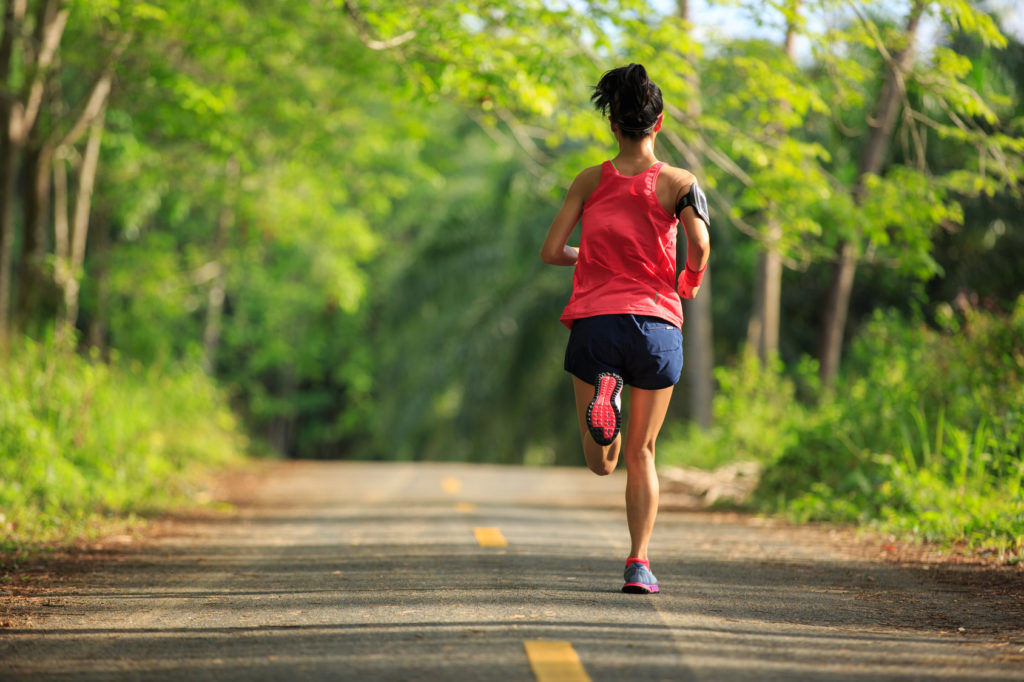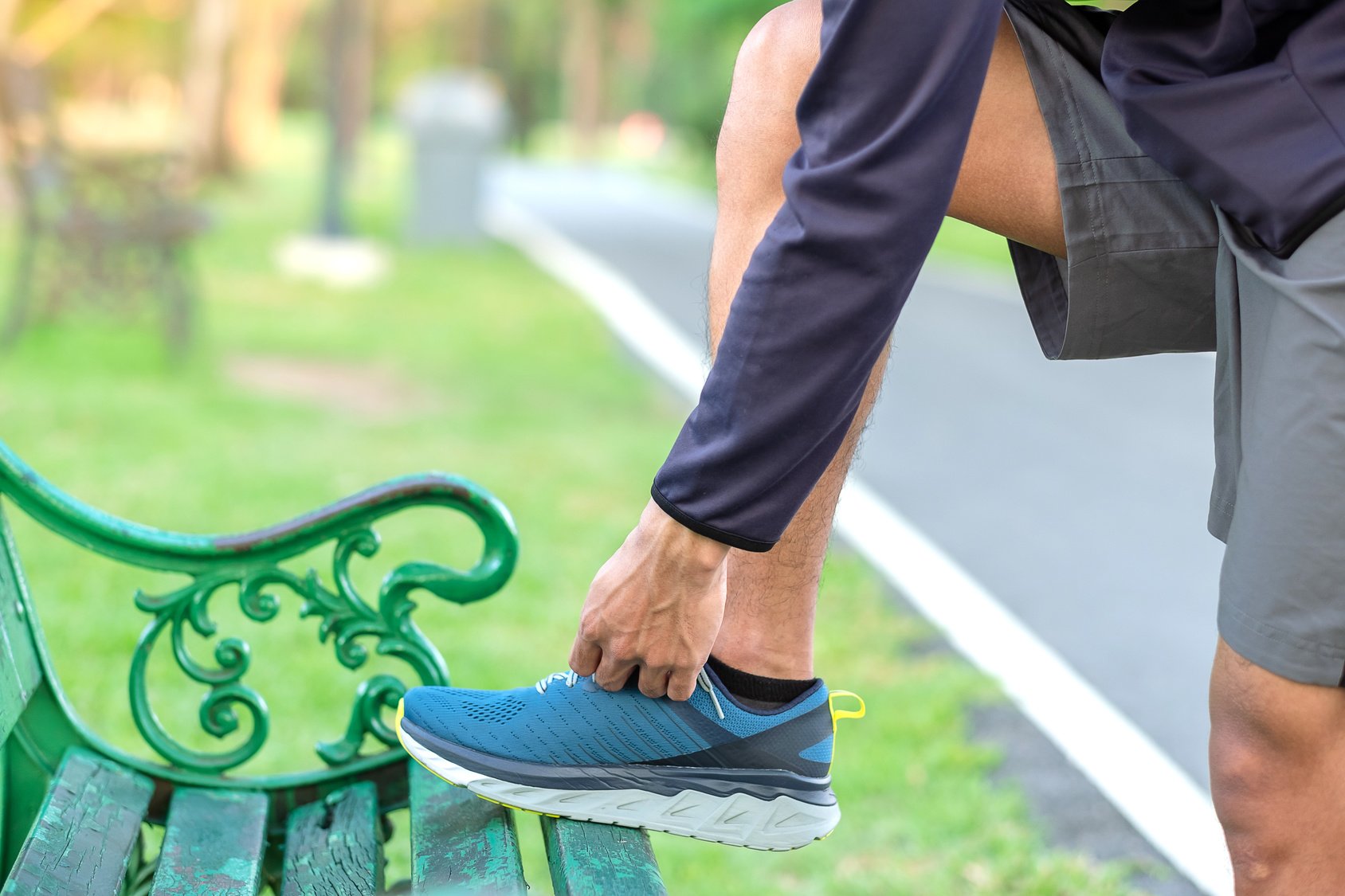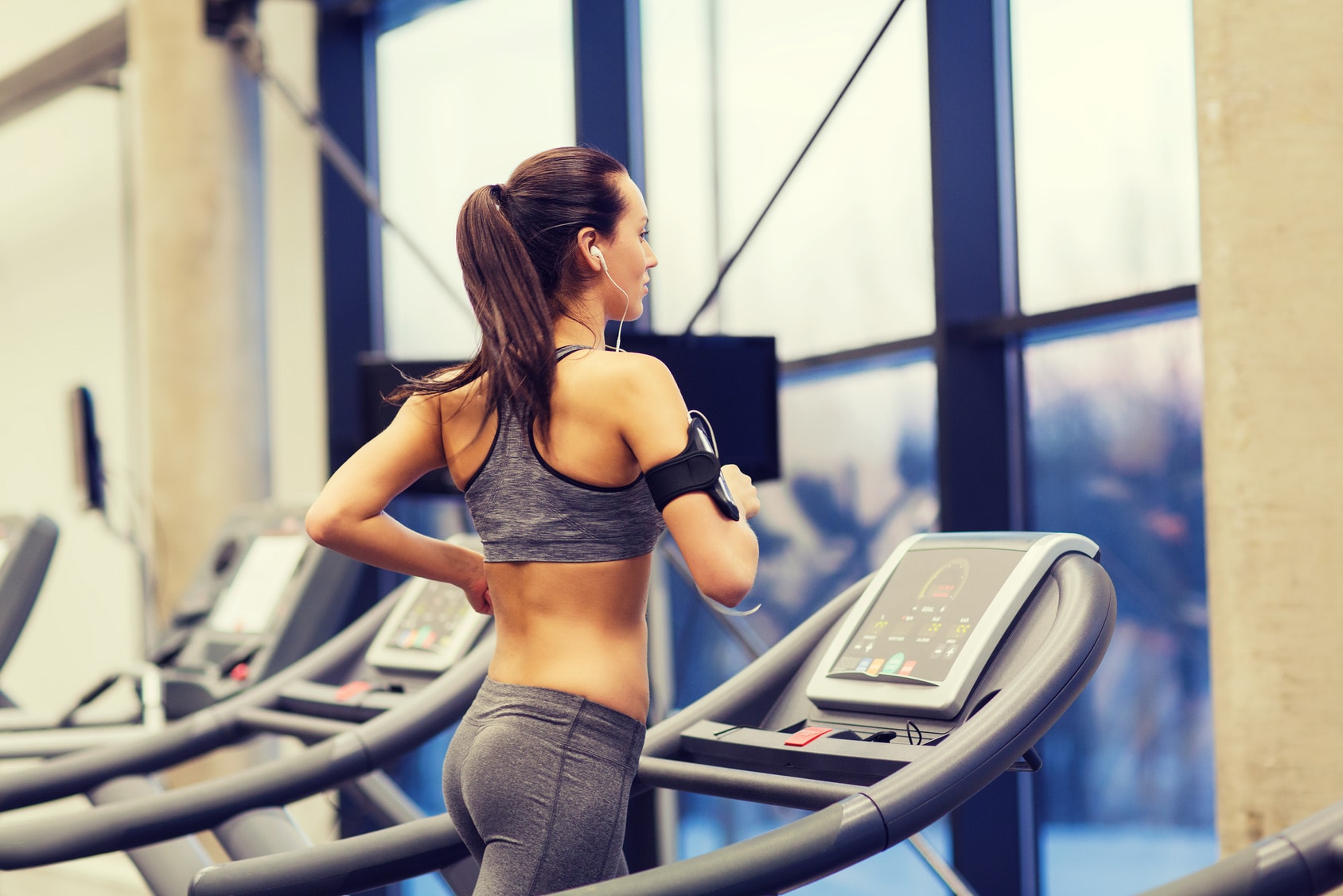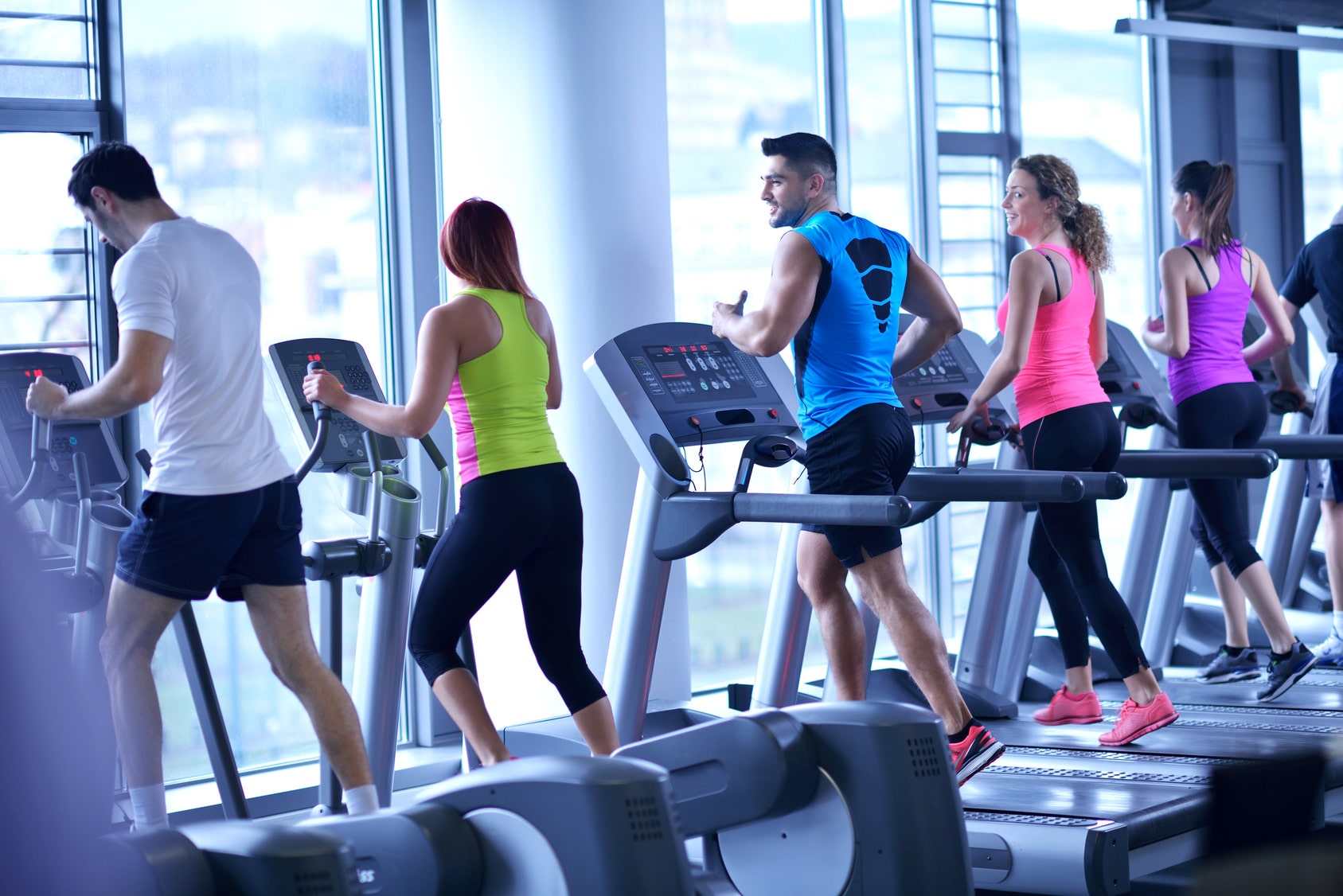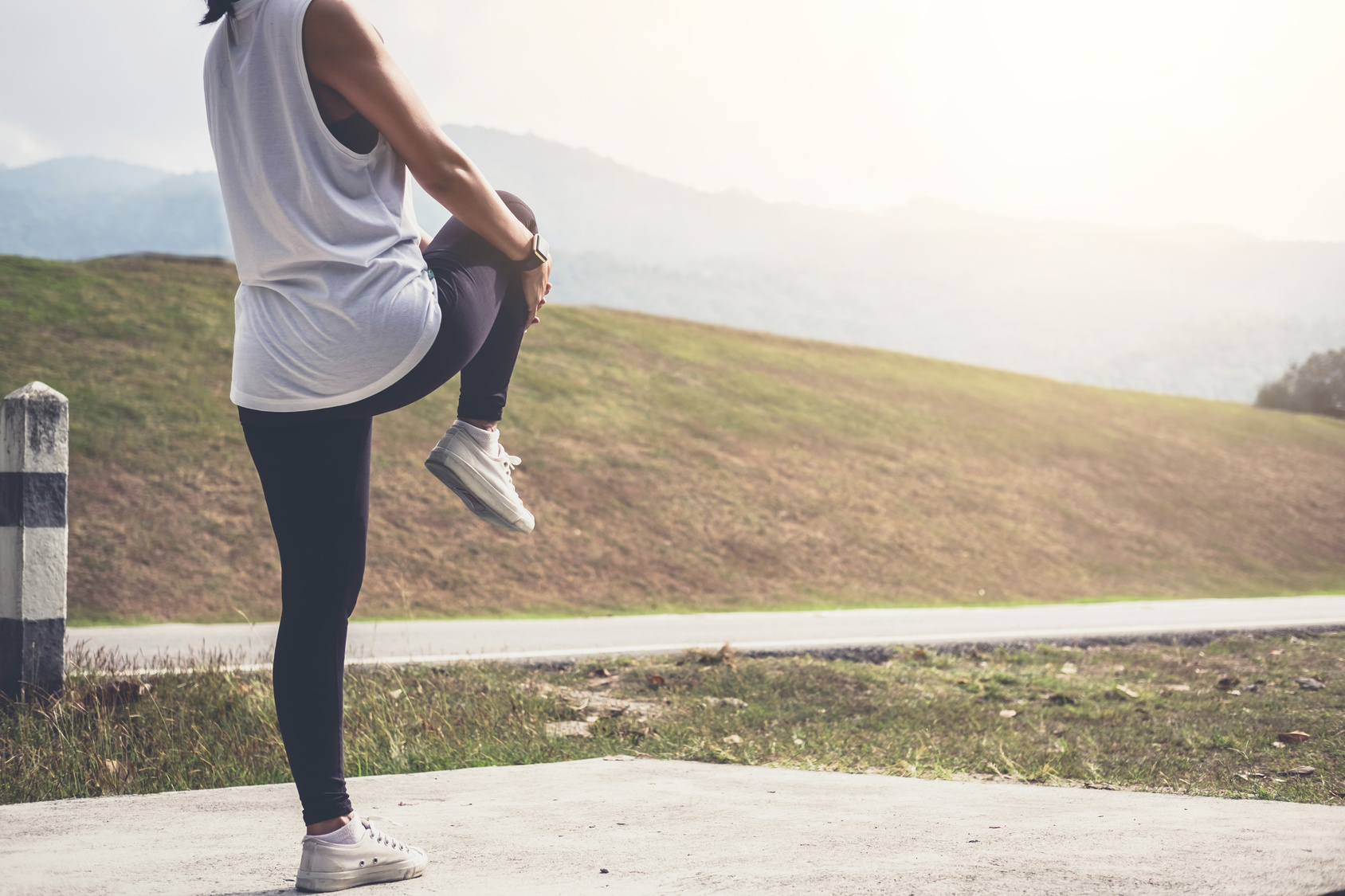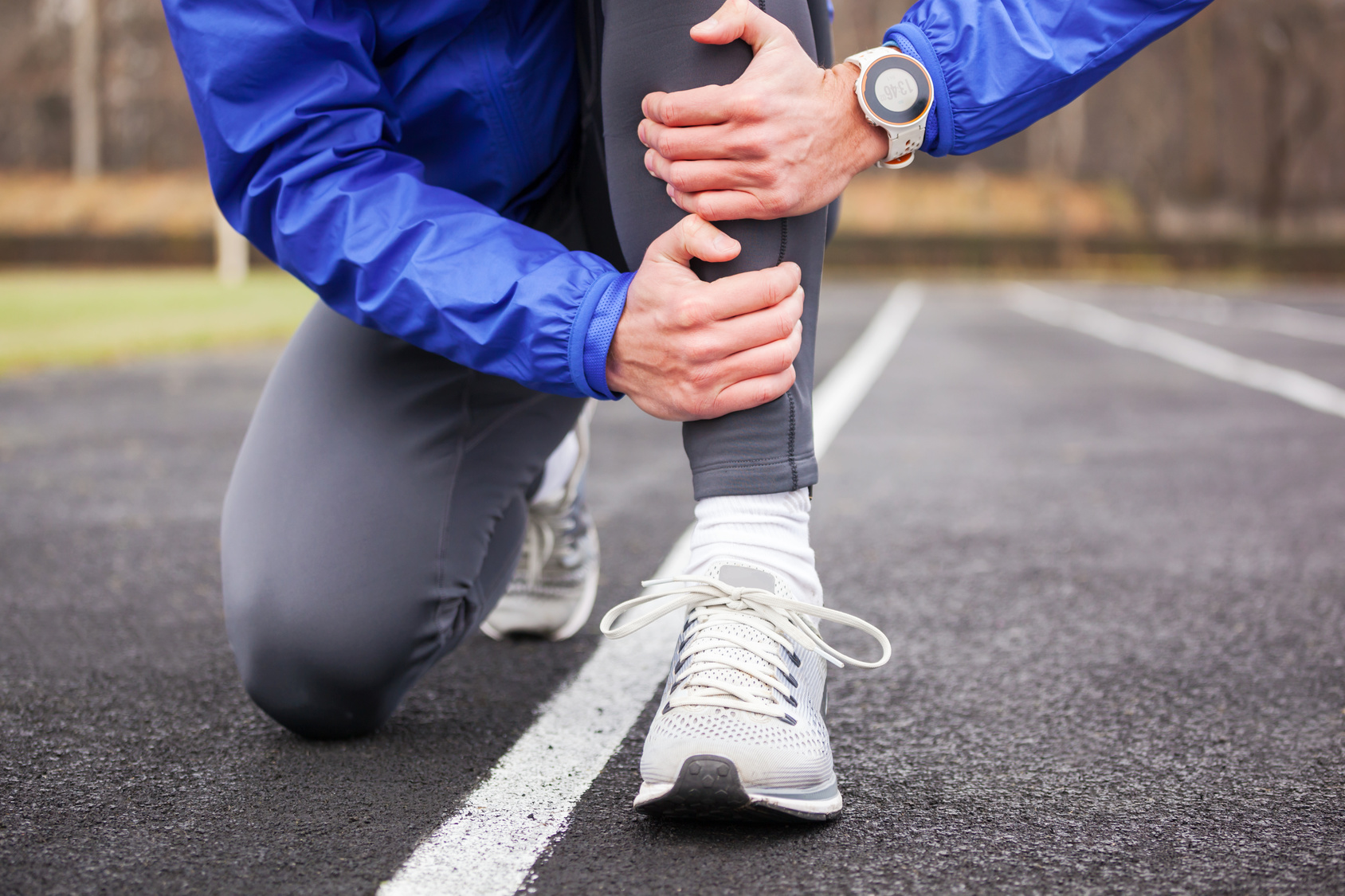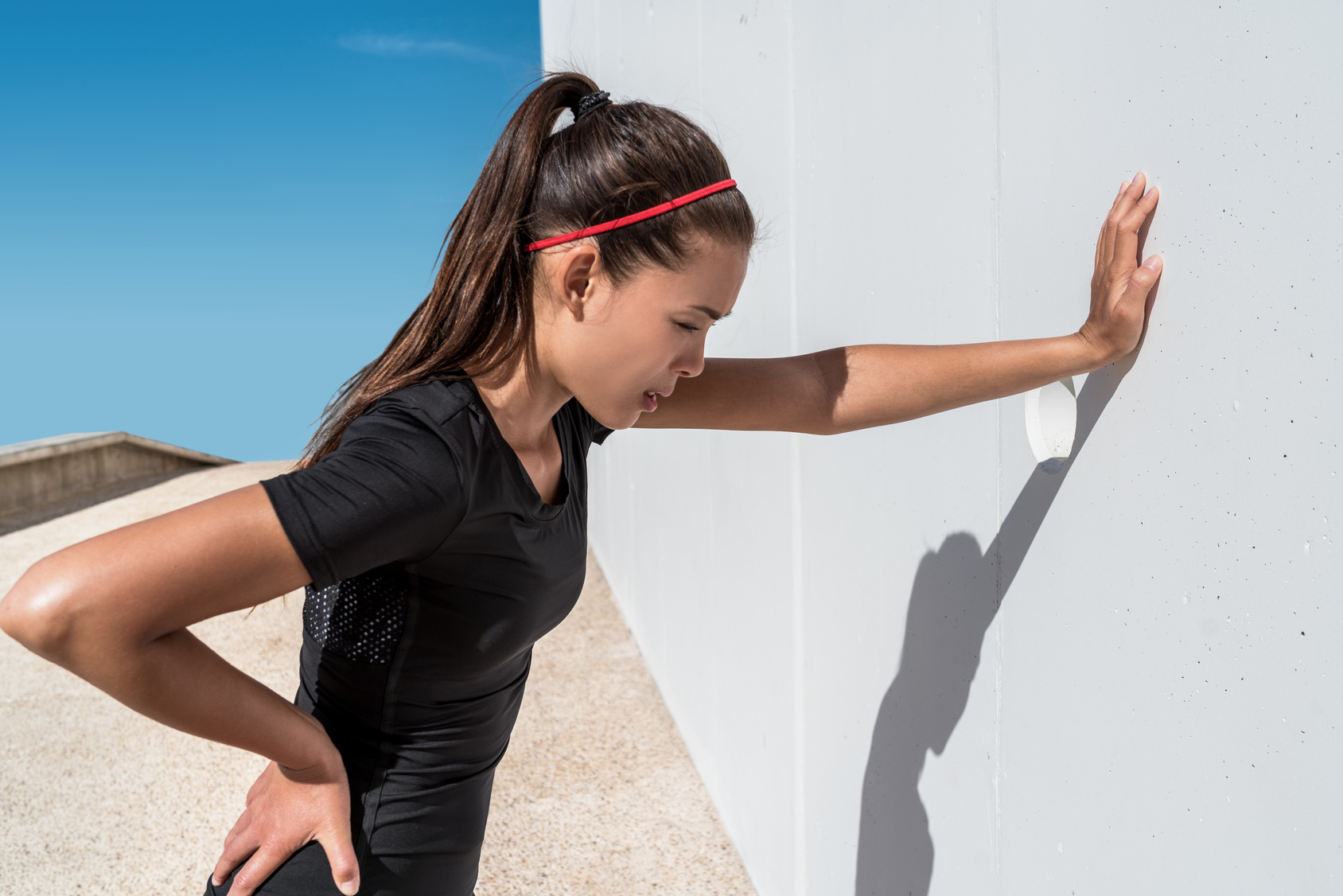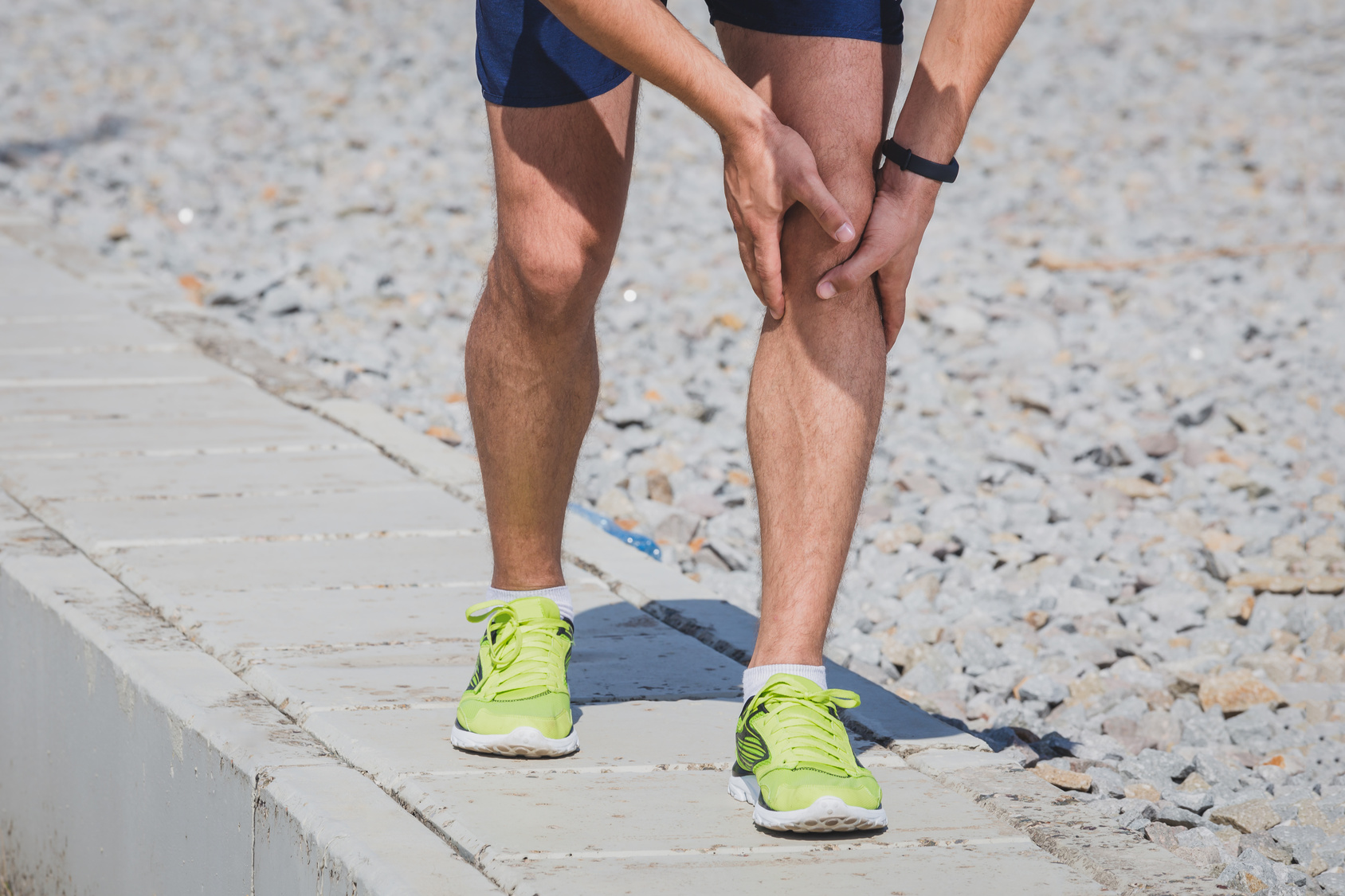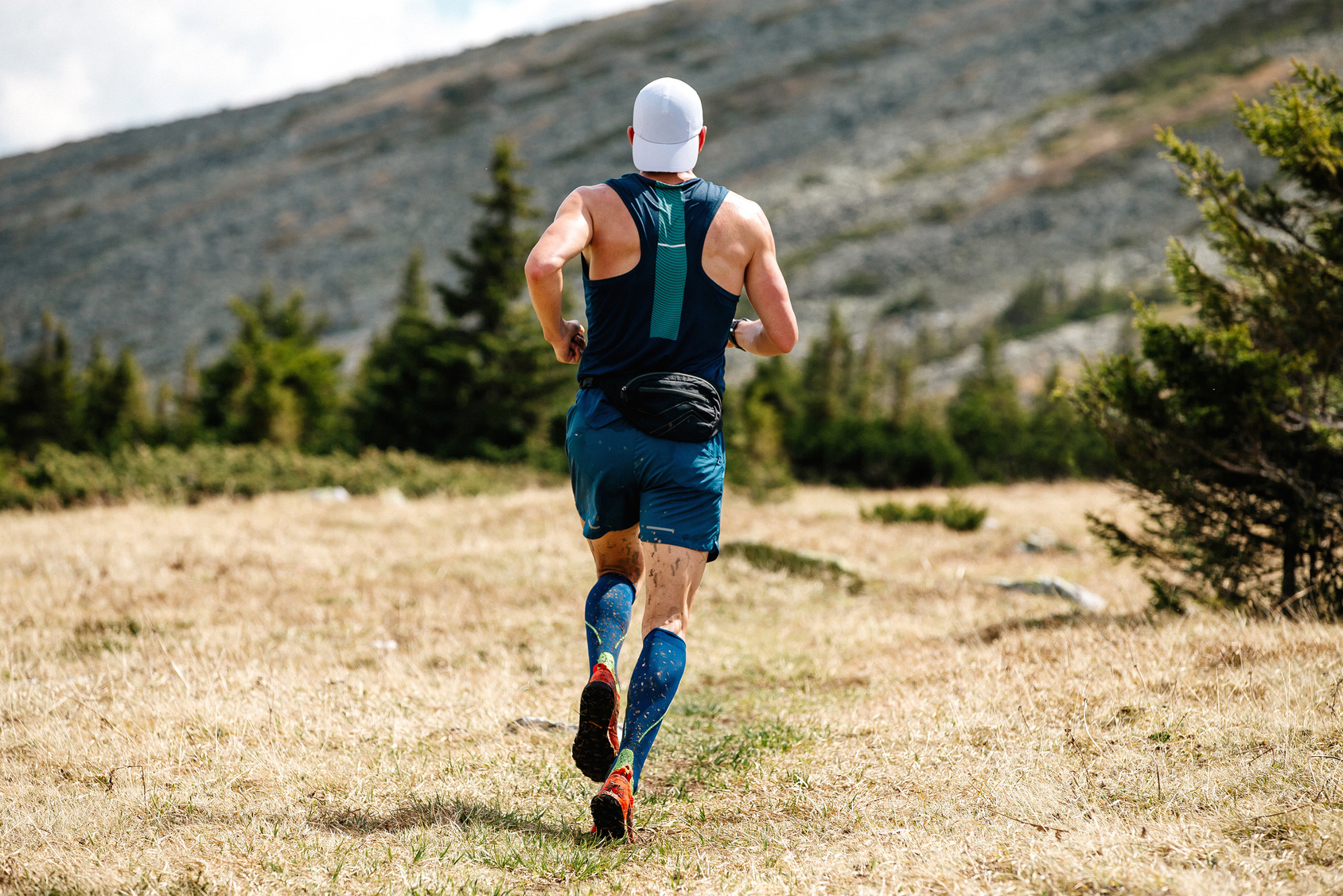So, you have decided to give the ketogenic diet a try.
Well done.
Keep it up!
But unless you don’t mind eating eggs and bacon every day, you’ll need a few recipes to help you stick to the keto lifestyle.
Today I got you covered with following savory recipes as you need.
Relying primarily on healthy fats and low-carb vegetables, the following recipes are packed with flavor and nutrients, and range between 5 and 10 grams of carbs per serving.
They’re also loaded with plenty of healthy fats, nutrients, and flavors to keep you sated and fueled all through the day.
Note—The photos are copyrighted to the blog that originally posted the recipe.
To check the complete recipe on the original blog, simply click the recipe title under any photo.
The Ketogenic Diet Explained
First things first, let’s give the ketogenic diet a close-up.
If you’re into healthy eating or losing weight, chances are you’re already familiar with the ketogenic, or keto diet.
This excellent eating plan has gathered so much steam these past few years, becoming one of the popular methods worldwide to improve eating habits.
Keto, or ketogenic, diet is a high-fat, moderate protein, strict low carb diet.
Typically, it preaches eating 70 to 80 percent fat, 10 to 20 percent protein, and under 10 percent carbohydrates.
This forces your body into ketosis, a metabolic state in which your body burns fat stores as a primary source of fuel rather than glucose (carbohydrates).
The keto diet can help you lose belly fat, improve brain function, increase performance, improve health, etc., research shows.
Here’s the full guide to ketosis sympotms.
Here’s a 7-day keto eating plan to try.
1- Low Carb Broccoli Cauliflower Salad With Bacon & Mayo
This keto broccoli salad is filling and very low in carbs.
It’s also loaded with flavor but only takes 10 minutes to throw together, resulting in a super colorful, simple, and great for any occasion.
The following salad tastes great, even after sitting in the fridge overnight.
For more taste, you can add a creamy, tangy dressing.
Ingredients
- Fresh thyme
- Olive oil
- Garlic powder
- Mayonnaise
- Lemon juice
- Sea salt and pepper
2- Zucchini Noodle Salad With Cheese & Tomatoes
If you don’t already have a spiralizer, then this recipe should be the reason to get one.
The following is my favorite healthy recipe using raw spiralized deli veggies, avocado, cucumber, and a low carb dressing of your choice.
This salad is the perfect low-carb, with pasta replacement.
If you already have cooked bacon or turkey on hand, no cooking needed.
Ingredients
You’ll need a spiralizer to make zucchini noodles.
I love this one from Amazon.
- Zucchini
- Cherry tomatoes
- Shredded cheese
- Mozzarella pearls
- Fresh basil
- Dressing
- Extra virgin olive oil
- Lemon juice
- Red wine vinegar
- Garlic powder
- Sea salt and pepper.
3- Keto Eggplant Burgers
Craving burgers, but it’s too junkie, and you don’t want to derail from keto eating?
The following recipe is precisely what you need.
The following recipe uses eggplant slices as the buns since these hold together nicely once they’re cooked.
Keto eggplant burgers make a great snack or side dish.
For meat, use whatever ground option you prefer, but I strongly encourage you to prepare the dipping described below.
Ingredient
- Japanese eggplant
- Ground pork
- Green onion
- Black pepper
- Ginger
- The dipping sauce
- Tamari sauce
- Garlic cloves
- Apple cider vinegar
- Sesame oil
- Salt and pepper
4- Keto Garlic Bread
If you love garlic bread but can’t have it because of the carbs, then you’ll appreciate this buttery, keto-approved version.
Keto garlic bread is low carb and gluten-free, which makes it a healthier option than most breads out there.
It’s actually the perfect breakfast food.
The bread is soft on the inside, crispy on the outside.
The cream cheese adds so much richness and creaminess to the bread that can’t be beaten.
The following recipe boasts only 1.5g net carbs per slice, making it perfect for eating any time of the day without ruining your keto diet.
Ingredients
- Almond flour
- Eggs
- Shredded mozzarella cheese
- Kosher salt
- Baking sold
- Topping
- Melted butter
- Kosher salt
- Garlic powder
- Dried oregano
- Shredded mozzarella cheese
5- Keto Salad Niçoise
The classic niçoise contains a lot of potatoes, green beans, and other non-keto ingredients.
This next take on this classic delight is loaded with nutrients and flavors.
It also addresses the extra carbs and adds in a dose of healthy fats.
Keto salad niçoise is a fantastic option for an easy-to-me yet satisfying lunch or dinner and is perfect for meal prepping.
For more flavor, serve on a bed of zucchini noodles.
Ingredients
- Ground black pepper
- Chopped garlic
- Eggs
- Celery root
- Green beans
- Olive oil
- Tomatoes
Dressing
- Dijon mustard
- Worcestershire sauce
- anchovies
- Small capers
- Mayonnaise
- fresh parsley
- olive oil
- minced garlic clove
- lemon juice
6- Grilled Eggplant Salad
The following eggplant-based salad is easy and delicious and will go well with any meat, especially grilled meat.
This is what makes the perfect side dish for any summer barbecue.
For more flavor and taste, add in some smoke almonds if possible.
Or maybe some Himalayan salt or chili powder.
Feel free to add up some spices to trigger your taste buds.
Ingredients
- Eggplants
- Olive oil
- fresh mozzarella cheese
- Garlic powder
- Lemon juice
- fresh mint
- Anchovies
- Tomatoes
- smoked or roast almonds
- Sea salt and pepper
7- Salad With Roasted Cauliflower
The Salad with Roasted Cauliflower is a great low-carb dish with its refreshing flavors and lemon dressing, but not too spicy—unless you want it to be.
This recipe is especially helpful if you’re a vegan on the keto diet.
In fact, recipes like this one prove that it’s possible to be a vegan on the ketogenic diet.
Further, since avocados, nuts, and olive oils are the main ingredients, the dish scores high on healthy fats—what’s the keto diet is all about anyway.
For a pleasant twist, top this dish with fresh thyme and a low carb crumb.
Ingredients
- Large head cauliflower
- Garlic cloves
- Olive oil
- Lemon
- Avocado
- Nuts
- Garnish green onion
- Salt and pepper
Precaution for people with an upset stomach, you might want to refrain from cauliflower and broccoli.
These build up more gas inside your tummy and make you bloated.
8- Zucchini Crust Grilled Cheese
The following recipe is bread free zucchini grilled cheese that is low carb and gluten-free.
The zucchini “bread” is made of shredded zucchini, Parmesan, mozzarella, and seasoning.
Plus, these grilled cheese sandwiches pack in fewer carbs and are healthier than traditional, junk, options.
Ingredients
- Grated zucchini
- Egg
- Green onion
- Grated parmesan
- Shredded cheddar
- Cornstarch
- Salt and pepper
- Vegetable oil—for cooking
Super yummy choice for cheese lovers.
My secret tips, add grilled or diced Halloumi cheese for extra taste.
Worth a try!
9- Keto Caesar Salad
Although I used to eat salads once in a blue moon, I don’t remember shying away from Caesar’s salads.
The traditional way of making them consists of chopped romaine lettuce with crispy croutons draped in cheesy parmesan dressing with lemon juice, olive oil, garlic, and anchovies.
The keto variation has a lot of parmesan cheese, crisp romaine lettuce, and chicken tossed in a delicious and out-of-this-world keto-approved homemade Caesar dressing.
It’s also simple to make.
Just remember to add extra cheese to your salad, and use low-carb croutons.
Ingredients
- Romaine lettuce
- Slices of chicken or bacon cooked and crumbled
- Shredded parmesan cheese
- Gluten-free garlic croutons (check the recipe here)
- Sea salt & pepper
- Tomato
- Cucumber
- Hard-boiled eggs
- Chicken breast
- Olive oil
Dressing
- Mayonnaise
- Lemon juice
- Dijon mustard
- Grated parmesan cheese
- Fresh black pepper
- Garlic clove
- Mustard powder
- Sea salt and pepper
Another secret tip from me.
Salted eggs! No need to add more salt since it will give you a different experience for a salty and creamy meal.
Pick one made of goose or duck eggs.
10- Creamy Meatballs
Here is another excellent recipe for a lip-smacking and healthy meal for the whole family.
Ketogenic meatballs are so juicy, incredibly delicious, and smothered with a creamy, rich queso sauce.
These can be served as a Ketogenic appetizer or as a meal over cauliflower rice, zucchini noodles, you choose.
Plus, you can prepare and sear them in roughly 30 minutes, then simply put everything into the slower cooker.
Ingredients
- Ground beef
- Yellow onion
- Egg
- Garlic powder
- Black pepper
- Cream cheese
- Butter
- Cream sauce
- Cream cheese
- Heavy whipping cream
- Tamari soy sauce
- Salt and pepper
I personally called this as lazy food.
Why?
Because it is suitable for filling my tummy during my lazy day.
Super creamy and mouthgasmic.
11- Spicy Shrimp And Avocado Salad
I love avocado and shrimp, and I know I’m the only one.
That’s why I wanted to share with you this awesome recipe.
Spicy Shrimp and avocado salad pack plenty of fresh ingredients to overwhelm your taste buds with every bite.
The recipe does not take long to make, and it’s very portable.
All you have to do is sear the shrimp in butter, then dice some veggies, mix up a dressing, and you’re done.
You can dip it into chilli powder before toss it into the pan if you are into spicy food.
Ingredients
- Baby kale and baby spinach mix
- Shrimp
- Avocado
- Cilantro
- Olive oil
- cucumber
- Lime juice
- Garlic
- Cumin
- Salt and pepper to taste
12- Low-carb Cheese Taco Shells
Mexican food is my favorite—especially tacos.
But thanks to its high carb intake, regular keto is a no-no on the keto diet.
That said, here is a recipe that can help you get all the best things about a taco minus the carbs.
Made from baked cheddar cheese then shaped into a taco, these low-carb shells are so easy to make (in a matter of minutes!), gluten-free, and very keto-friendly.
Not only that, but these are also delicious, crunchy, and taste almost as good as the real thing.
For fillings, go for whatever satisfies your senses.
My favorites include grated cheese, ground meat, diced onion, sour salsa, shredded lettuce, chopped peppers, etc.
Ingredients
- Shredded Cheese
- Ground cumin
13- Egg Salad Stuffed Avocados
Both eggs and avocados are excellent sources of healthy fats, which makes them a staple in ketogenic eating.
Eggs are also loaded with complete protein that keeps you full throughout the day.
For these reasons, this dish is a must for any serious keto’an.
The dish would also make a very delicious lunch that’s simple to make and quite satisfying.
Ingredients
- Hard-boiled eggs
- Celery
- Lime juice
- Avocado
- Hot sauce
- Cumin
- Salt and pepper
14- Salmon and Avocado Nori Rolls
Sushi is a famous Japanese dish that’s available in almost every city around the globe.
But since traditional sushi is prepared with vinegar rice, it’s off the Keto menu.
That said, here is an easy method to make sushi without rice that happens to yield a delicious dish.
For this recipe, you’ll be using riced cauliflower as a substitute for regular rice.
What’s more?
The following low carb sushi recipe requires only five ingredients and 20 minutes.
Ingredients
- Sliced smoked salmon
- Cream cheese
- Chopped pickled ginger
- Nori sheets (grilled preferably)
- Avocado
View Full Recipe
15- Keto Fish Sticks
I have always loved fish sticks, but once I adopted a healthier way of eating, I knew that I had to figure out a better way of eating them, and it took me a while to find the following recipe.
Keto fish sticks could be made as regular breaded fish or as fish nuggets—your choice.
These also take very little time to make.
Ingredients
- Pork rinds
- Eggs
- Alaskan cod filet
- Coconut flour
- Grated parmesan
- Garlic powder
- Cooking spray
- Salt and pepper
16- Low Carb Taco Salad
Well, you still can have your tacos without the carbs.
The following salad is made with some of the keto-friendliest foods out there, including ground turkey, avocado, olives, and lettuce.
It’s ideal for lunch, dinner, or as a side dish.
This recipe uses natural ingredients that are low in carbs, easy to make, absolutely mouthwatering.
Ingredients
- Ground beef
- Chili powder
- Avocado
- Shredded cheddar cheese
- Tomatoes
- ground cumin
- Dried parsley
- Romaine lettuce
- Sour cream
- Garlic powder
- Green onions
The seasoning
- Cumin
- Chili powder
- Paprika
- Onion powder
- Garlic powder
- Black pepper
- Oregano
17- Keto Cheese Roll-ups
This one might be, hands down, one of the simplest, fastest, easiest bites to make.
It requires ingredients you likely already have on hand.
Keto cheese roll-ups are also wonderful and delicious dipped in guacamole or low carb pizza sauce or Ragu sauce.
You can have this for breakfast or as s snack on the go.
You can practically fill them with anything you like—as long as it’s keto-friendly (and you know how long the list is).
Ingredients
- Butter
- Cheddar cheese, in a slice
18- Deviled Eggs
The typical deviled eggs are not keto-friendly as they’re often made of loads of commercial mayonnaise and other processed ingredients.
However, the keto version relies on avocados to deliver that creamy texture but minus the artificial additives.
You can store these eggs for up to 4 days in an airtight container later use.
Can’t beat them.
Ingredients
- Eggs
- Mayonnaise
- Dijon mustard
- Paprika
- Fresh Dill
- Salt and pepper
19- Keto Cheese Chips
If you’re looking for a crunch keto chip to snack on them, these three-ingredient fix will keep you satisfied.
These cheese chips are made with mozzarella and flavored with oregano and garlic—or any other keto flavor you like.
If you keen for something not so crispy, try Halloumi cheese for thicker taste.
The chips are delicious on their own or dipped in guacamole or marinara sauce.
Ingredients
- Cheddar cheese
- Paprika powder
- Sea salt and pepper
20- Keto Greek Salad
Also, knowns Horiatiki, a Greek Salad, is the ideal example of healthy Mediterranean cuisine.
Broadly, it’s already keto-approved, as long as there no gluten or bread added to the recipe.
It’s a delicious low-carb dish for any time of the day or week.
The secret to making great Greek salads is simplicity, and using the freshest keto-friendly ingredients you can find.
Ingredients
- Tomato
- Green capsicum
- Cucumber
- Red onion
- Green bell pepper
- Fet cheese
- Dried oregano
- black Greek olives
- Olive oil
- salt and pepper
21- Cottage Cheese-filled Avocado
Thank God for the Aztecs.
Avocados are undoubtedly the greatest food in the world.
Mixing it with cottage cheese can deliver a great snack rich in nutrients without any of the carbs.
The following snack is packed with healthy fats and protein, keeping you feeling full to your next meal.
It should help you avoid mindless nibbling or unhealthy snacking that can lead to weight gain.
And it’s easy to make.
Slice an avocado in half lengthways, remove the pit from one-half, and fill the space with cottage cheese.
For extra spice, add in some cayenne pepper or regular pepper.
Ingredients
- Avocado
- Sliced cheese
22- Keto Egg Muffins
This is undoubtedly one of the best time-saving, keto-approved, breakfast options of all time.
Whether you’re minding your keto macros, or need something quick to grab on the go, keto egg muffins are perfect for meal prep or any occasion.
It’s a fantastic keto snack recipe packed with healthy ingredients and a lot of flavors.
They’re the perfect choice for anyone who loves the satisfying mix of bacon, cheese, eggs, and sweet potatoes.
These can be prepared ahead of time and kept well in the fridge for days for a quick bite on the go.
You can put it into steam if you want to last longer before it goes to the fridge.
Ingredients
- Eggs
- Scallions
- Onion
- Shredded cheese
- Red peso
- Salami
- Sea salt and pepper
23- Keto Jalapeno Poppers
Keen on something spicy?
The mix of spicy jalapenos, bacon, and cheese makes these the best delicious fat bombs you can ever have.
This mouthwatering mix requires a bit of prep as there is a lot of steps, but it’s worth the effort.
Try not to devour them all in one sitting.
They’re a snack, after all.
Keep in mind; you can’t skip the main meal because you already had snacks. Big nope!
Ingredients
- Shredded sharp cheddar
- Cream cheese
- Jalapenos
- Bacon
- Black pepper
- Salt
24- Low Carb Tortilla Chips
Just because you’re on keto doesn’t mean that you can no longer eat chips—as long as these are keto-friendly.
The following low carb chips taste just as delicious as the real thing, but with the fraction of the carbs.
For these chips, you rely on almond flour and cheese to mimic the texture of a corn tortilla chip—you get the mouth-watering tastes without all the carbs.
Ingredients
- Almond flour
- Golden flaxseed meal
- Shredded mozzarella
- Sea salt and pepper.


